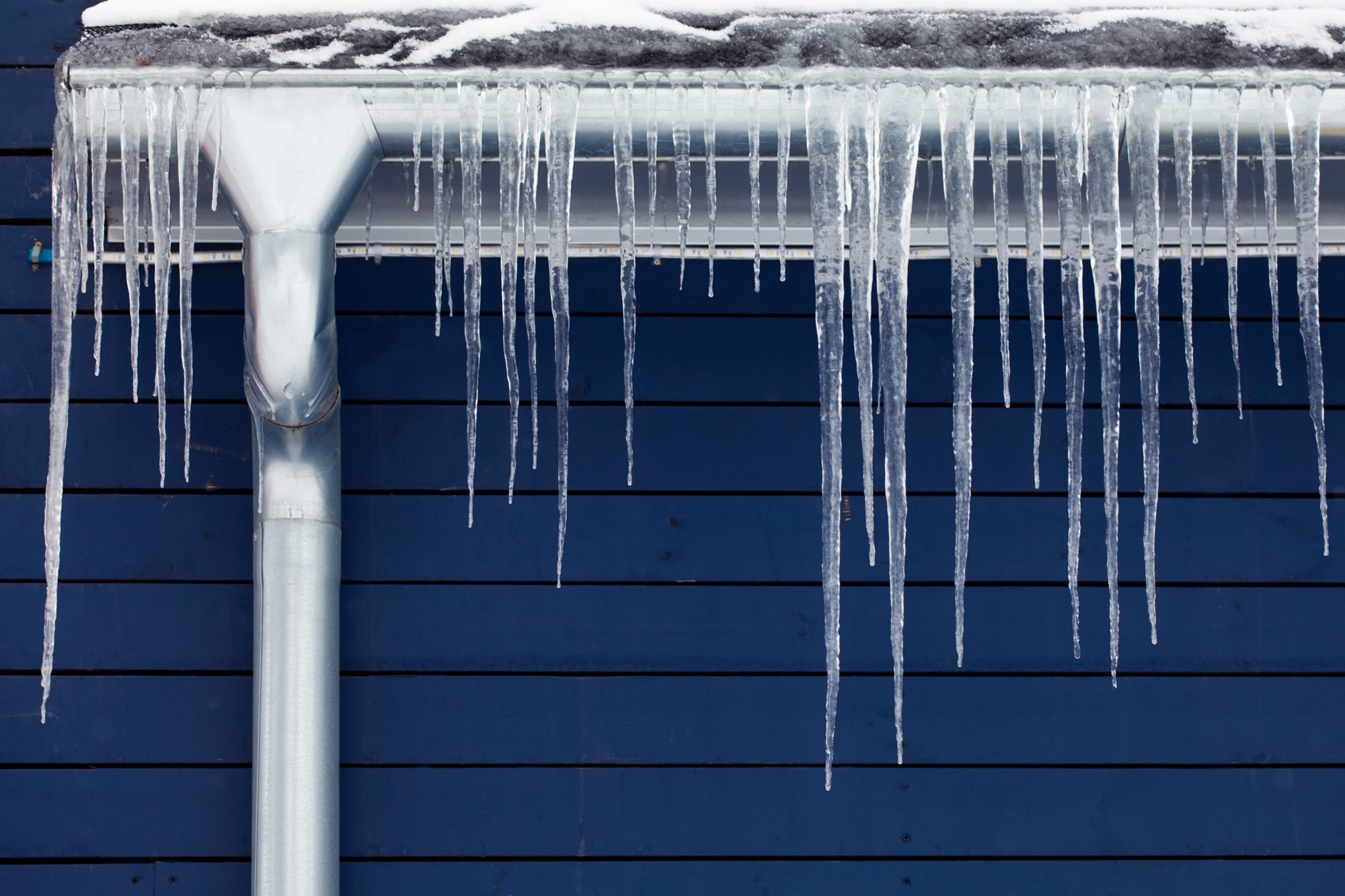Almost everyone may have their personal piece of advice involving Prevent Frozen Pipes .

Winter can ruin your pipes, particularly by freezing pipelines. Here's just how to avoid it from occurring and what to do if it does.
Intro
As temperature levels drop, the danger of frozen pipes increases, potentially leading to expensive fixings and water damage. Understanding just how to prevent frozen pipes is vital for homeowners in cold climates.
Understanding Frozen Pipelines
What creates pipelines to ice up?
Pipelines ice up when subjected to temperatures below 32 ° F (0 ° C) for extended periods. As water inside the pipelines ices up, it broadens, putting pressure on the pipe wall surfaces and possibly triggering them to burst.
Threats and problems
Frozen pipelines can bring about water system disturbances, home damages, and costly repair services. Ruptured pipelines can flood homes and trigger comprehensive structural damage.
Signs of Frozen Pipes
Identifying icy pipelines early can avoid them from rupturing.
How to identify icy pipes
Seek lowered water circulation from faucets, uncommon odors or sounds from pipelines, and noticeable frost on exposed pipes.
Avoidance Tips
Insulating susceptible pipes
Wrap pipelines in insulation sleeves or make use of heat tape to safeguard them from freezing temperature levels. Concentrate on pipelines in unheated or external locations of the home.
Home heating techniques
Keep interior spaces effectively warmed, specifically locations with pipes. Open cabinet doors to allow warm air to flow around pipelines under sinks.
Shielding Outside Plumbing
Garden hoses and exterior taps
Detach and drain yard pipes before winter. Mount frost-proof spigots or cover outdoor taps with insulated caps.
What to Do If Your Pipelines Freeze
Immediate actions to take
If you suspect icy pipes, maintain faucets open up to ease pressure as the ice melts. Make use of a hairdryer or towels soaked in warm water to thaw pipes gradually.
Long-Term Solutions
Architectural changes
Take into consideration rerouting pipes away from outside wall surfaces or unheated locations. Add extra insulation to attic rooms, basements, and crawl spaces.
Upgrading insulation
Buy high-grade insulation for pipelines, attics, and wall surfaces. Appropriate insulation aids preserve constant temperatures and decreases the threat of icy pipelines.
Verdict
Stopping frozen pipelines calls for positive steps and fast reactions. By recognizing the reasons, signs, and preventive measures, house owners can protect their plumbing during winter.
5 Ways to Prevent Frozen Pipes
Drain Outdoor Faucets and Disconnect Hoses
First, close the shut-off valve that controls the flow of water in the pipe to your outdoor faucet. Then, head outside to disconnect and drain your hose and open the outdoor faucet to allow the water to completely drain out of the line. Turn off the faucet when done. Finally, head back to the shut-off valve and drain the remaining water inside the pipe into a bucket or container. Additionally, if you have a home irrigation system, you should consider hiring an expert to clear the system of water each year.
Insulate Pipes
One of the best and most cost-effective methods for preventing frozen water pipes is to wrap your pipes with insulation. This is especially important for areas in your home that aren’t exposed to heat, such as an attic. We suggest using foam sleeves, which can typically be found at your local hardware store.
Keep Heat Running at 65
Your pipes are located inside your walls, and the temperature there is much colder than the rest of the house. To prevent your pipes from freezing, The Insurance Information Institute suggests that you keep your home heated to at least 65 degrees, even when traveling. You may want to invest in smart devices that can keep an eye on the temperature in your home while you’re away.
Leave Water Dripping
Moving water — even a small trickle — can prevent ice from forming inside your pipes. When freezing temps are imminent, start a drip of water from all faucets that serve exposed pipes. Leaving a few faucets running will also help relieve pressure inside the pipes and help prevent a rupture if the water inside freezes.
Open Cupboard Doors
Warm your kitchen and bathroom pipes by opening cupboards and vanities. You should also leave your interior doors ajar to help warm air circulate evenly throughout your home.

We were shown that report about How to prepare your home plumbing for winter weather from a buddy on our other domain. For those who appreciated our blog posting kindly be sure to pass it around. Thanks for taking the time to read it.
Article